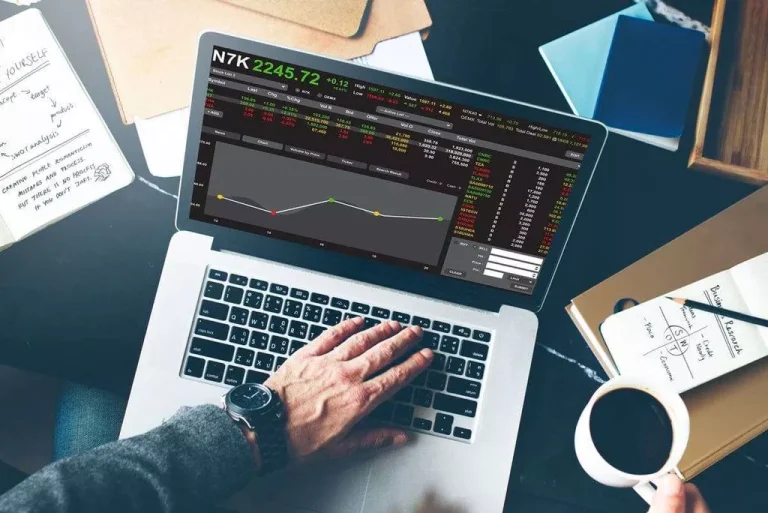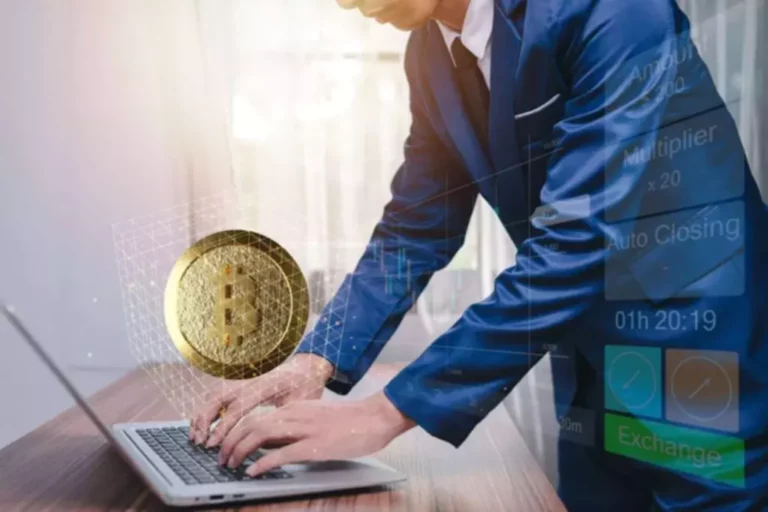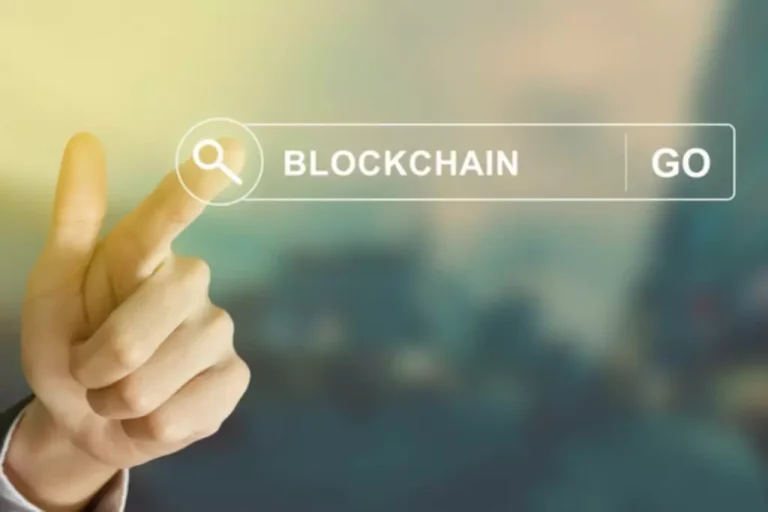Although proponents claim PoB is a sustainable and reliable approach to keep consensus on blockchains, many questions stay about its long-term viability. Examples of PoB projects include Slimcoin (SLM) and Counterparty (XCP). When a token is burned, it’s sent to a crypto pockets that was created solely to retrieve cryptocurrencies. These wallets are linked to burner addresses that don’t have private keys — also called the “seed phrase” you need to access a wallet — and can never ship cryptocurrencies despatched to them. Tokens despatched to these wallets take cryptocurrencies out of circulation eternally. Using coin burning as a spam-protection mechanism can even happen at the protocol degree.

Consensus is an important part in the world of blockchain and cryptocurrency. In certain systems, as an alternative of miners receiving new tokens as rewards, they earn transaction charges https://www.xcritical.com/ from the tokens that are “burned”. At its core, the process includes intentional and everlasting elimination of tokens from the available circulating supply.
For traders and stakeholders, it is a reassuring signal, indicating that the project is here to remain and is taking lively steps to ensure its sustained relevance and development. However, it’s not advisable for particular person buyers to burn their very own tokens because the coins shall be permanently lost. In March of 2023, the cryptocurrency group lost a one-of-a-kind asset in an unintentional “burning” incident. Web3 fanatic Brandon Riley thought he was getting a mortgage on a novel virtual collectible—a non-fungible token (NFT)—from the elite CryptoPunks NFT assortment.
Key Takeaways
Cryptocurrency is “burned” when a coin is shipped to a wallet address that may only receive cash. Cryptocurrency wallets have non-public keys that allow you to access the token you’ve saved in them; however, burner addresses don’t have a personal burning crypto key, which implies the tokens are gone eternally. Some cryptocurrencies have inherent burning mechanisms constructed instantly into their protocols. This sort of burning is automated and happens based on predefined guidelines or triggers within the system.
As talked about earlier, transactions should have a value to stop the network from being spammed with pretend transactions. One way to accomplish that is to automatically burn a portion of each transaction fee. For different cryptocurrencies, partaking in coin burning can sometimes be an effort to manage provide in a way that will increase shortage and tries to imitate Bitcoin’s supply and demand dynamics. Most of the time, it’s the developers of a cryptocurrency who decide to burn a sure amount. Coin burning reduces the availability, making tokens of that cryptocurrency scarcer. That shortage can result in an increase in worth and profit buyers.
Once despatched to this tackle, they are completely removed from circulation and cannot be retrieved. While it could lead to value appreciation and increased trust in a project, it could possibly additionally elevate concerns concerning the long-term supply and potential market manipulation. “Burning” is a term used to describe the process of eradicating cryptos from the circulation. A certain quantity of belongings is shipped to an inaccessible handle, by no means for use again. This apply can amplify a token’s rarity and, in flip, its potential worth.
The value of the token does not essentially improve overnight when the burn takes place. Alternatively, traders might know a token burn is going to happen and “price it in” at an earlier level. Even so, in the long term, burning tokens are inclined to help an asset’s worth and is considered a positive transfer. This reduces the supply, which theoretically acts to increase the forex’s price and profit buyers. Proof-of-burn (PoB) is among the a quantity of consensus mechanism algorithms implemented by a blockchain community to make certain that all collaborating nodes comply with the true and valid state of the blockchain community.
Sorry, You May Have Been Blocked
In addition, the group determined to conduct a burn of fifty billion tokens out of a complete stock of sixty eight billion, supposed for the Partner Giveaway and Stellar World Giveaway programs. This brings the entire number of XLM cash to 50 billion, and Stellar no longer plans to conduct token burns in the future. Among the benefits, one can highlight the emission control characteristic and the general management of the asset’s economic system.
The burn course of could happen as a one-time occasion or a often scheduled one. Proof of burn is a consensus algorithm that blockchains can use to validate and add transactions. It’s used to stop fraud and ensure that only valid transactions go through. All cryptocurrencies may be sent to a burn handle, which means it’s possible to burn cryptocurrency with any of them. Developers also burn tokens as a approach to cover whales who maintain large portions of a cryptocurrency. Let’s say a developer launches a cryptocurrency with 1 billion tokens, retains 100 million, and instantly burns 600 million.
- Let’s say a developer launches a cryptocurrency with 1 billion tokens, retains a hundred million, and instantly burns 600 million.
- An uptick in price isn’t assured from a coin burn, nevertheless it has happened — though a drop also can observe.
- By the tip of this text, you’ll have a greater understanding of how crypto burning works and whether or not it’s something that you may wish to contemplate in your personal crypto investments.
- Founded in 1993, The Motley Fool is a monetary services firm devoted to making the world smarter, happier, and richer.
- For occasion, a project may decide to burning a sure number of tokens each time a particular aim is achieved, aligning the pursuits of the project and its token holders.
Miners may need to burn Bitcoin, for instance, to earn one other coin. This website is utilizing a safety service to guard itself from on-line assaults. There are a quantity of actions that might set off this block together with submitting a sure word or phrase, a SQL command or malformed information. The concept behind coin burning dates back to well earlier than cryptocurrency. If you keep up with cryptocurrency at all, it will not take long to hear about coin burning, a technique of cutting a coin’s supply that became popular around 2017.
Shiba Inu Coin Burn
A consensus mechanism is a set of protocols that use a quantity of validators to agree that a transaction is valid. Companies burn cryptocurrency for varied reasons, from managing token provide to signaling dedication and extra. It’s a strategic decision that may influence the project’s trajectory and its token’s value. Burning crypto tokens is a strategic decision in the cryptocurrency realm, aimed toward permanently eradicating a portion of tokens from circulation. This is not merely about supply discount; it’s a multifaceted strategy with diversified implications. In essence, token burning can serve as a strategic transfer, not simply in phrases of economics but also when it comes to public relations and trust-building.
Burning crypto refers to a deflationary course of that permanently removes cryptocurrency tokens from circulation. This is completed to lower the total provide of a digital asset as an try to spice up demand and enhance market worth. Burning crypto is a typical follow, exercised by cryptocurrency platforms, that permanently removes tokens from circulation. By decreasing the entire provide of a coin, the hope is that the value of a specified digital asset will improve with market demand. Cryptocurrency burning is the process in which users can remove tokens (also referred to as coins) from circulation, which reduces the number of cash in use.
Burning cryptocurrency means completely taking a digital asset, such as Bitcoin (BTC) or Ethereum (ETH), out of circulation. Because cryptocurrencies aren’t tangible, individuals can’t actually mild them with a match, however the course of is equivalent to tossing greenback bills in a hearth. Once a cryptocurrency is “burned,” no person should buy, trade, or switch it.

One of the most well-known burns was carried out by the co-founder of Ethereum, Vitalik Buterin. He properly confirmed the means to burn crypto when SHIB builders sent 505 trillion SHIB to his pockets with out his consent. It is believed that following this occasion, the worth of SHIB increased by 35% inside two hours.
For example, Dogecoin (DOGE) has an inflationary issuance schedule, however it rose 12,000% in 2021 as a outcome of so many people wanted to buy DOGE. When a cryptocurrency neighborhood decides that they want or need to destroy items of a selected cryptocurrency, they use a process called coin burning. Burning crypto is the method that effectively takes these tokens out of circulation, lowering the entire supply of that coin and in some circumstances growing demand. The strategy of burning includes sending tokens to an invalid wallet handle, the place they can’t be accessed. This is often done by developers or miners to govern the provision of tokens and doubtlessly improve their worth.

The tokens are despatched to a pockets handle that can’t be used for transactions apart from receiving the cash. The wallet is exterior the community, and the tokens can no longer be used. Periodically, Binance commits to burning a portion of its native BNB tokens. This act is not just a mechanism to regulate the token’s provide but also a testomony to Binance’s commitment to its platform and its token holders. Every burn occasion is accompanied by an official announcement, detailing the number of tokens burned and the explanations behind the decision. Such clear actions bolster trust among its vast user base, reinforcing the belief that the platform is invested in the long-term value and utility of BNB.
The creators of a new project might need created X number of cash hoping to sell all of them, but failed to meet this goal. In such a state of affairs, the builders might choose to burn the surplus coins to take care of a selected degree of provide. The proof-of-burn consensus algorithm mentioned earlier falls into the primary category.
Furthermore, participants in these ecosystems could benefit from lowered blockchain transaction fees, making their crypto experience even more cost-effective. Additionally, builders can create staking mechanisms where token burning will provide customers with greater revenue or other advantages. Proof-of-Burn (PoB) is an algorithm that uses burning to assist computer systems (called “nodes”) reach consensus on a decentralized blockchain network. In this model, nodes validating transactions must burn a proportion of their coin holdings to have a chance to verify new blocks on the cost ledger and receive rewards. Although PoB is not as mainstream because the Proof-of-Work (PoW) and Proof-of-Stake (PoS) consensus fashions, it combines parts from these techniques along with its distinctive burning mechanism. While PoW blockchains like Bitcoin “show” their knowledge by fixing advanced algorithms, PoB nodes “show” each transaction is valid by showing they sent a portion of cryptocurrency to a burn address.
The precise causes for doing this will vary, from platforms that primarily program coin burns into their protocol, to crypto builders that merely need to see a value bump. Some tasks may additionally use coin burning as a type of dividend fee to coin holders. If the homeowners of a token have a enterprise that generates cash flows, like a crypto trade for example, token holders could obtain rewards through coin burning. Burning crypto could also be carried out as a consensus mechanism, referring to the encoded methods that retains a network in settlement. Bitcoin, for instance, uses a proof-of-work protocol that incentivizes miners, or validators, to verify transactions with a sum of tokens often identified as block rewards. By fixing complicated, computational math equations, they obtain an allotted amount of Bitcoin, which halves each four years.







